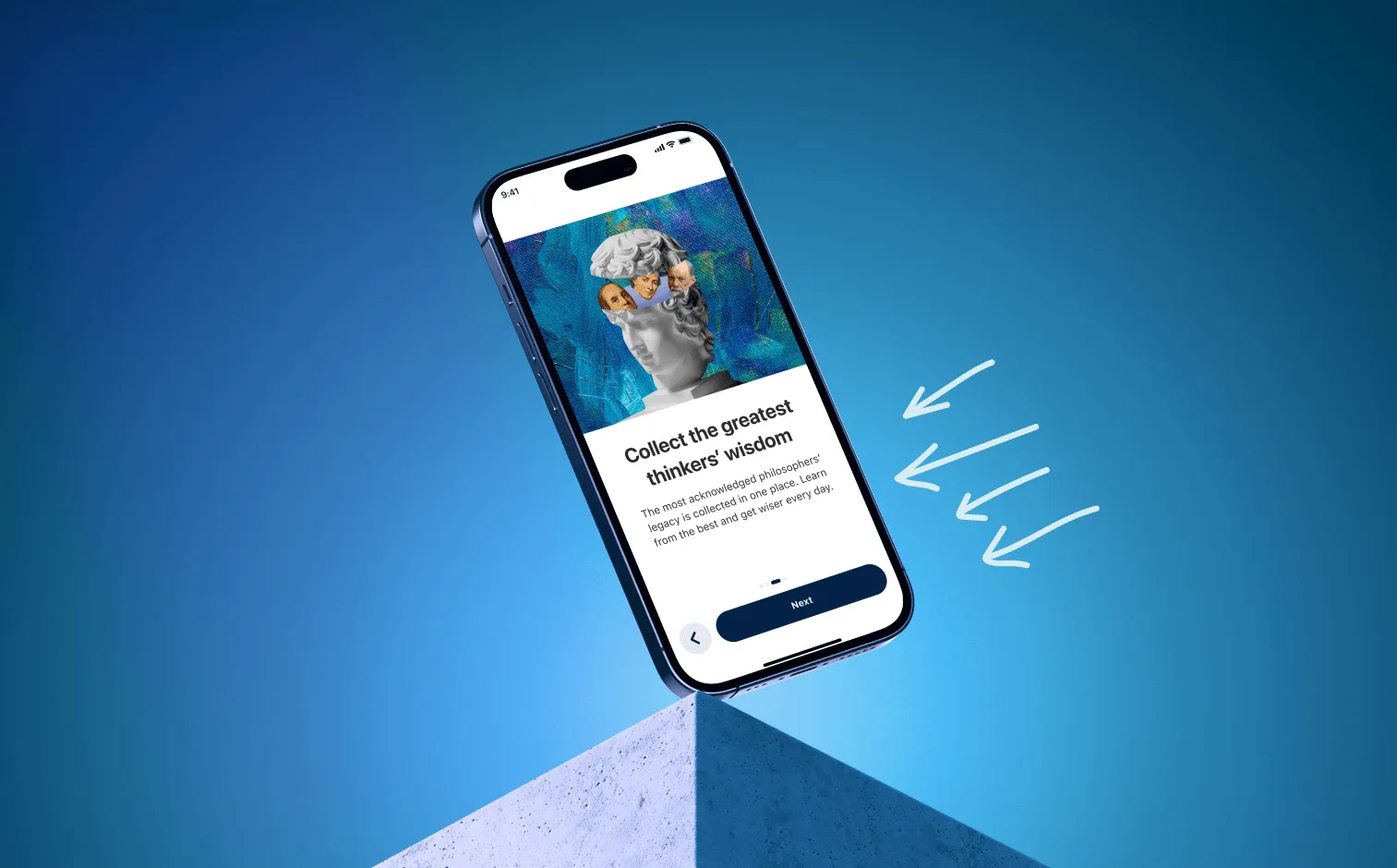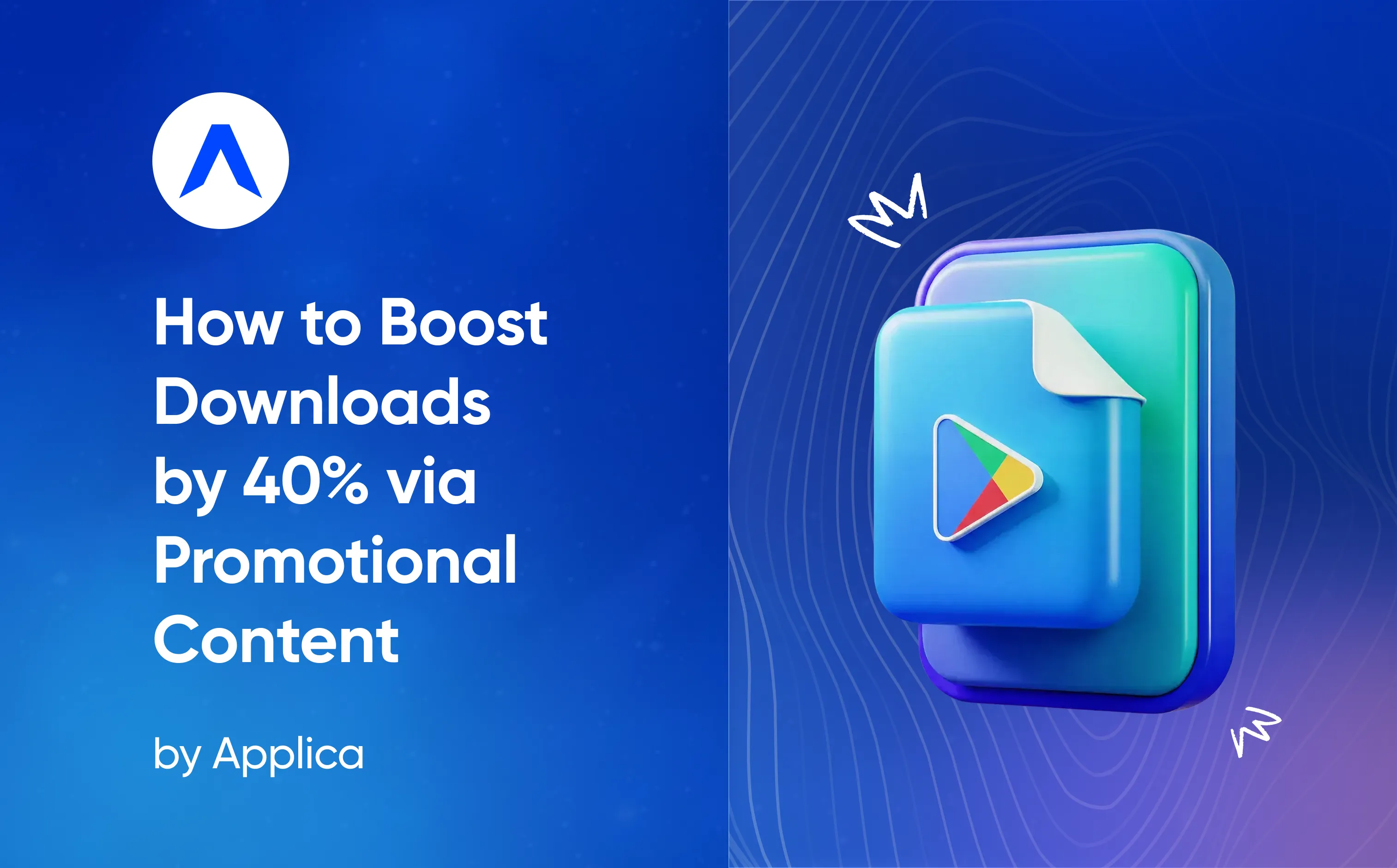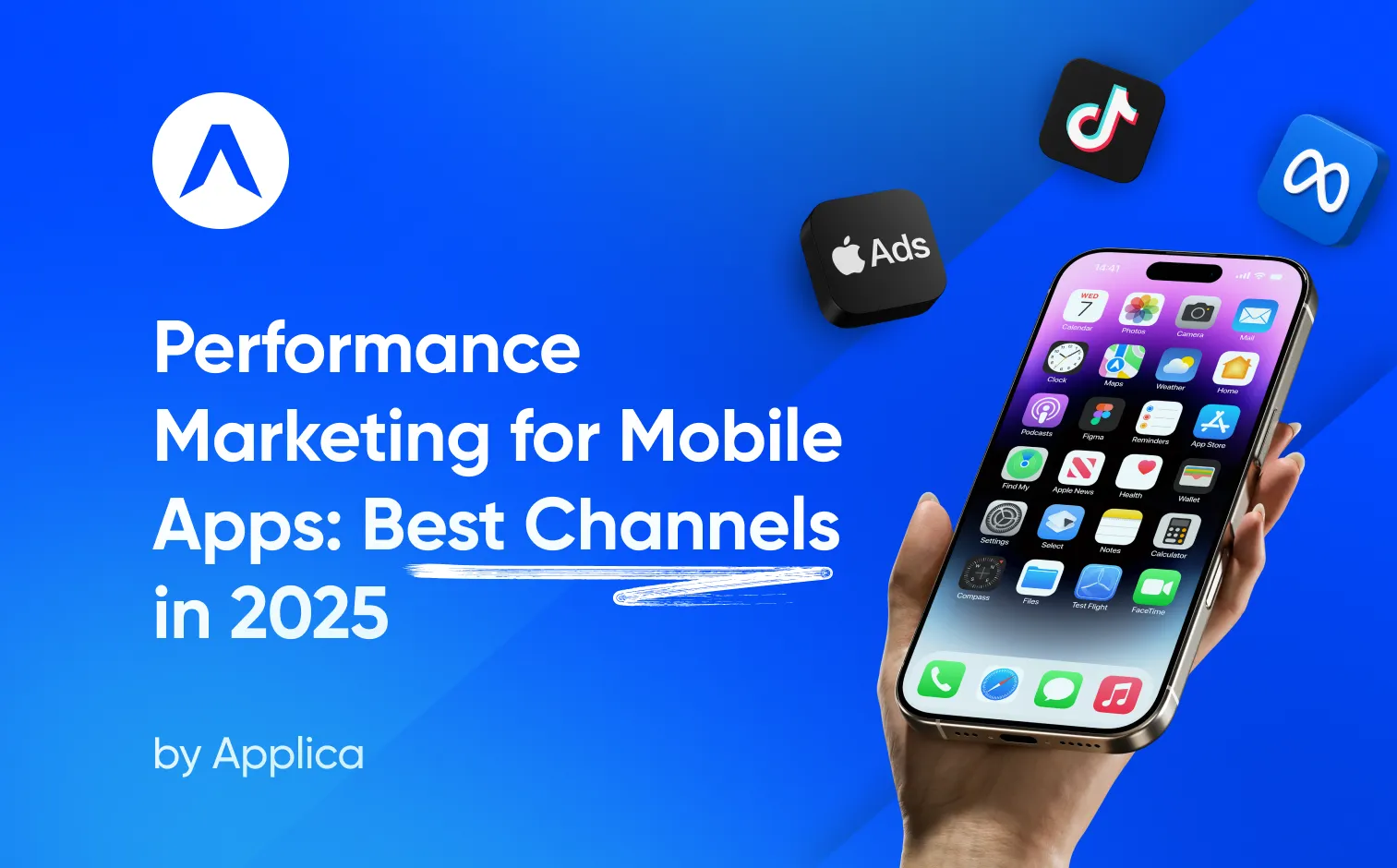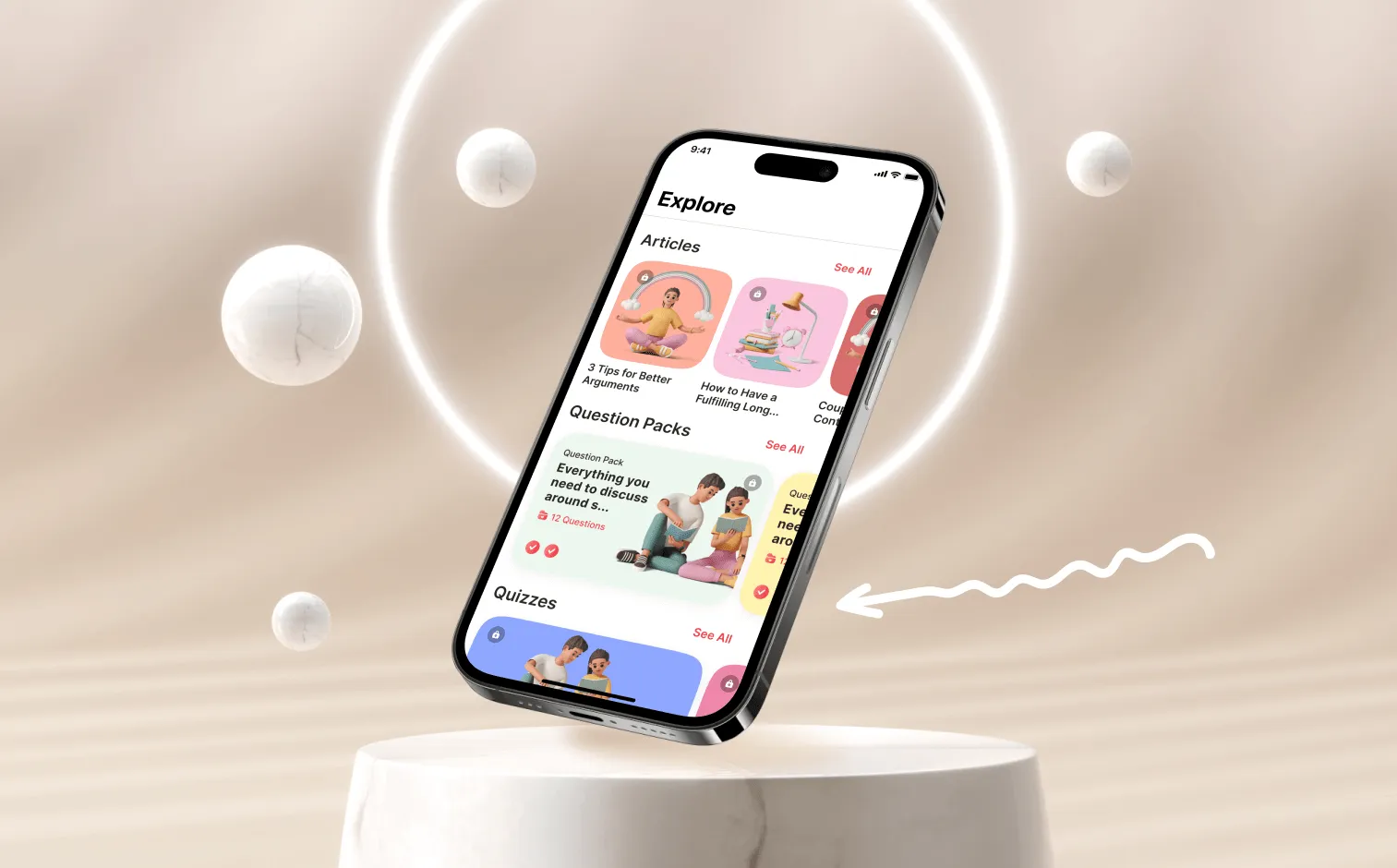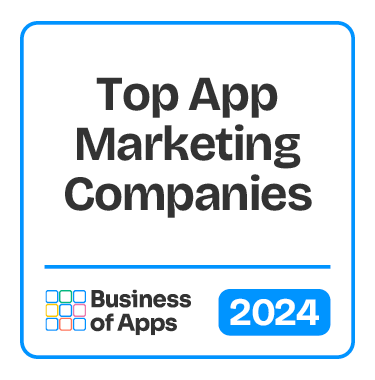Over time, metrics can provide insights into how an app performs, how users engage with the app, and what changes you need to make. When you understand how users engage with an app, you can use the data to optimize the app to maximize user satisfaction and revenue.
Growth Metrics to Track for Each Step of the Mobile App Customer Lifecycle
Acquisition
App user acquisition is the process of gaining new users for a mobile app. This is done through various tactics, such as advertising, search engine optimization (SEO), referral programs, content marketing, and public relations. App developers use these tactics to reach out to potential users, increase visibility, and build an app's user base.
- Set Goals: Before you start tracking customer acquisition for your mobile app, set goals for your customer lifecycle. It will help you determine the success of your customer acquisition efforts.
- Track Acquisition Sources: Track the sources of your customer acquisition. This way, you will understand which channels are most effective in driving user growth.
Downloads
Tracking your app downloads may seem obvious, but you may be surprised by how many people forget to do it. Tracking your app downloads helps you understand how popular your app is, which can help you make more informed decisions about marketing, pricing, and other areas. Tracking your downloads also helps you identify any potential issues or areas of improvement.
- Utilize App Analytics: App analytics platforms such as Google Analytics, Firebase App Analytics, and Apple App Analytics can provide comprehensive insights into an app’s usage and performance. Through these platforms, you can track the number of downloads your app receives, understand where those downloads are coming from, and measure the engagement levels of your app users.
- Track Engagement Across Channels: To get a comprehensive view of your customer lifecycle, you need to track engagement across all channels, including website, email, and social media.
Conversion Rate
When it comes to tracking growth metrics, the conversion rate should not be overlooked. Conversion rate is the percentage of visitors to your website or app who take the desired action, such as completing a purchase, signing up for an account, or downloading a file. It is one of the most important metrics for measuring the success of your app, as it can help you determine how effective your marketing efforts are and how well your website or app is performing. Tracking conversion rates can help you identify areas for improvements, such as changes to your website design that can increase sales and conversions.
- Monitor Conversion Rate: You can monitor the conversion rate of your mobile app’s customer lifecycle. This is done by tracking the number of users who have converted from the app, and then analyzing how those users reached that point. This will give you an indication of how effective your user acquisition, engagement, and behavior analysis strategies are.
Activation
The number of users who activate the app will depend on the type of app and the marketing strategy used to promote it. Generally, the number of users who activate an app can range from a few dozen to millions, depending on the app and the effort put into promoting it.
- Track App Activations: Track the number of users who activate the app. This will give you an indication of the user’s level of engagement with your app.
- Track Usage Metrics: Track the usage metrics of your app. This will give you an indication of how often the app is being used and how much time the user is spending on it.
- Track In-App Purchases: Track the number of users who make in-app purchases. This will give you an indication of how successful your monetization strategies are.
Customer Lifetime Value
Tracking customer LTV (Lifetime Value) for apps can be a game changer because it provides valuable insights into customer behavior, which can be used to increase revenue and profitability. It can be used to identify and target high-value customers, as well as to identify opportunities to increase retention. It can also help app developers and marketers better understand customer acquisition costs and maximize their ROI.
Subscription Retention
Subscription retention is another metric we recommend for apps to track. It is the percentage of customers who have kept their subscription active after a certain period of time. This number can be tracked on a monthly, quarterly, or annual basis. With this metric, you can see which strategies are working and which ones need to be adjusted to improve user satisfaction and loyalty.
Conversion from Trial to Purchase
When it comes to conversion from trial to purchase, the benefits of its tracking are undeniable. This data can be used to determine the effectiveness of the app and to identify any potential problems that may be preventing potential customers from making a purchase. It can also be used to identify areas where changes should be made to improve the user experience and increase conversion rates.
Retention
User retention in apps, the rate at which users come back to the app, is important to track, and it can give you the most valuable insights.
- Establish Key Metrics: The first step in tracking retention for a mobile app customer lifecycle is to establish key metrics. These might include user acquisition, engagement, retention, and churn rates.
- Analyze User Behaviors: The next step is to analyze user behaviors to determine which users are more likely to remain with the app. This can be done by analyzing the time spent in the app, the frequency of use, or the features used most often.
- Use A/B Testing: A/B testing can be used to compare different versions of the app and determine which features or elements are more successful at increasing user retention.
- Monitor Performance: It is important to monitor the performance of the app over time and analyze any changes to the user experience that could be causing users to leave.
- Monitor Retention Rates: Finally, monitor retention rates to ensure that the changes made are having a positive impact on user retention. This can be done by tracking the number of users who remain active within the app and the length of time they remain active.
D7 Retention
Tracking D7 retention in apps is done by tracking how many users return to an app seven days after their first download. This metric can provide insight into how engaging your app is and how well it is able to retain users over time. To track D7 retention, app developers can use analytics tools like Google Analytics, Localytics, or Mixpanel.
D30 Retention
D30 retention should not be overlooked as well. This is a metric that shows how long a customer stays with an app and can be a good indicator of customer satisfaction. A higher D30 retention rate usually points to customers who are happy with the services and products and are likely to remain loyal customers.
Feature Retention
Speaking from experience, paying attention to feature retention is highly valuable for apps. If a user can quickly adapt from one version to the next, they are more likely to continue using the app.
Retaining features helps to keep users familiar with your app, which in turn helps maintain user loyalty. Feature retention also helps to prevent user confusion and frustration while using the app. And, if users are familiar with the features of the app, they are more likely to use them more often which can lead to increased engagement and usage of the app.
Engagement
Tracking the user engagement level in your app may take several steps to be successful.
- Establish measurable goals: Establish measurable goals for customer engagement, such as active users per month, daily/weekly/monthly engagement, and customer lifetime value.
- Track user behavior: Track user behavior by tracking user sessions, page views, time spent in-app, and other engagement metrics.
- Identify engagement trends: Analyze the data to identify patterns and trends in customer engagement.
- Monitor customer feedback: Monitor customer feedback and ratings from online reviews, customer surveys, and other sources.
- Establish a feedback loop: Establish a feedback loop to ensure customer feedback is incorporated into product development and customer service.
- Incorporate customer segmentation: Use customer segmentation to understand how different user groups interact with your app and to personalize the user experience.
- Monitor user engagement: Monitor user engagement over time to identify changes in user behavior and determine the effectiveness of your engagement efforts.
Uninstalls
App uninstalls are an inevitable part of any app's journey, and tracking them will only benefit you. Uninstalls can provide valuable insights into user behavior and preferences, as well as identify areas where your app is falling short.
Tracking uninstalls can help you identify trends in user behavior, pinpoint areas where your app needs improvement, and determine which users are more likely to uninstall. This can help you take the necessary steps to keep users engaged and loyal. Additionally, tracking uninstalls can provide you with insights into user demographics, such as which age group is more likely to uninstall your app.
- Use App Store Analytics: App store analytics tools such as App Store Connect and Google Play Console provide data on uninstalls. This data can be used to track uninstall rates and understand customer behavior.
- Use App User Tracking: App user tracking tools such as Flurry Analytics, Mixpanel, and Appsee can be used to track uninstalls. These tools track user behavior within the app and can detect when a user has uninstalled it.
- Analyze App Reviews: App reviews can provide valuable insights into user experiences. If users are leaving negative reviews it may be a sign that they are uninstalling the app.
- Monitor App Ratings: App ratings are another indicator of user satisfaction. If a large number of users are giving the app a low rating, it could be a sign of trouble.
- Track App Store Rankings: App store rankings are a useful way to measure an app’s success. If your app’s ranking is dropping, it may be a sign that users are uninstalling it.
The Bottom Line
By tracking growth metrics, you gain valuable insights and make informed decisions to help your business succeed. You identify opportunities and challenges to better manage and grow your company. Keep track of your growth metrics to ensure that your business continues to thrive, and we at Applica can help you with that.



